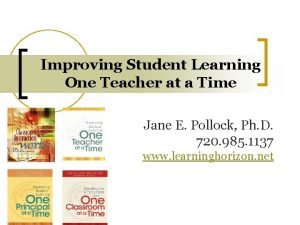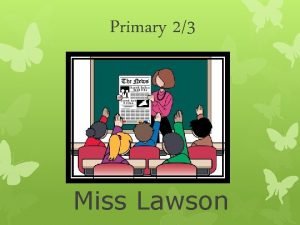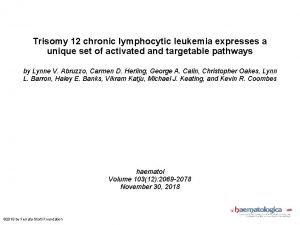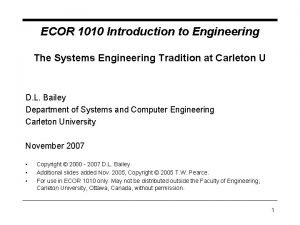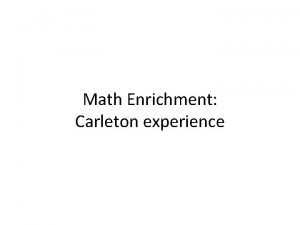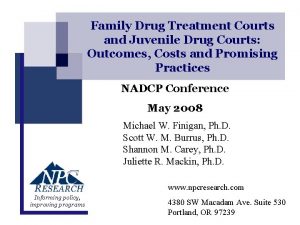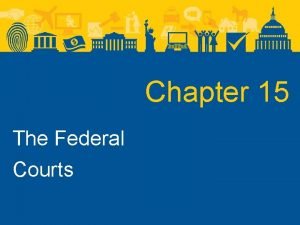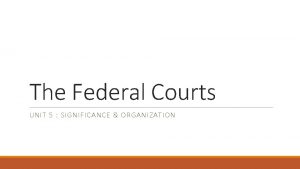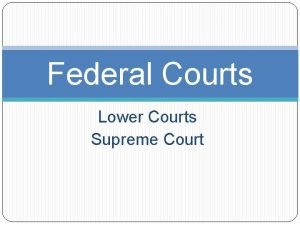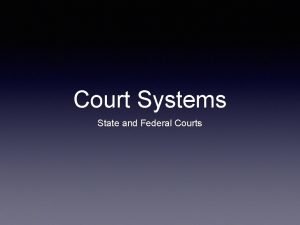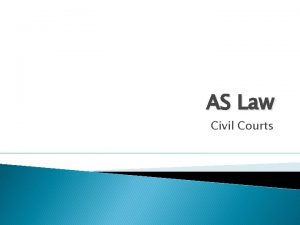Lynne Courts Class Teacher Carleton Primary School Improving



















- Slides: 19

Lynne Courts Class Teacher Carleton Primary School Improving Writing Outcomes Primary 5

Stretch Aim By 22 nd December 2017, 85% of pupils within class P 5 A will have achieved Cf. E first level writing outcomes (baseline= 44%).

Reasons why children are not meeting writing Cf. E First Level 4 -6 Criteria 100% 12 100% 93% 90% 10 80% 78% 60% 6 50% 41% 40% 4 30% 2 10% 0 Punctuation Word count Connectives No of Requests Support Area Vocabulary Cumulative % Cumulative Count Openers Spelling 0% Cumulative % 70% 8 No of Requests 100%

Refined my Aim 1: By 1 st October 2017, 85% of class will be consistently writing three sentences with correct* punctuation within pieces of independent writing (baseline = 56%). *Operational definition for punctuation: children can use basic sentence punctuation including full stops followed by capital letters. May be experimenting with other punctuation; use may not be accurate e. g. question marks, exclamation marks and commas. Aim 2: By 22 nd December 2017, 85% of class will be consistently exceeding 100 word count within pieces of independent writing (baseline = 61%).


Change Ideas Ø Daily Writing (maximum of 15 minutes) Ø Teacher modelling correct / incorrect punctuation on whiteboard with class input Ø Reinforcement of learning intentions & success criteria Ø Children setting individual targets



Achievements All aims were accomplished! Ø The number of pupils (P 5 A) who had achieved Cf. E first level writing outcomes increased from 44 -85% from August. December 2017. Ø By 5 th October 2017, 85% of children were consistently writing 3 sentences or more with correct* punctuation within pieces of independent writing. Ø By 24 th October 2017, 85% of pupils (P 5 A) were consistently exceeding 100 words within pieces of independent writing.

Improving Writing Outcomes Spreading Learning to Primary 3 Leta Kelly, Rachel Stevenson, Katy Antropik

Stretch Aim By June 2019 85% of P 3 pupils will be on track for writing. Baseline September 2018 (19%)


Aim 1 By December 2018 85% of all P 3 pupils will correctly punctuate (using capital letters and full stops) at least 3 sentences (baseline 13%).

Change Ideas



Key Learning • Children's’ engagement with success criteria improved their ability to achieve their learning intention. • Focusing on one area of writing at a time has accelerated children's’ ability to achieve. • Limiting daily writing to a maximum of 20 minutes has made the process manageable for the class teacher whilst also increasing pupil focus. • Tracking an assessing throughout the process has enabled class teachers to target support where needed and enhanced their knowledge and understanding of pupils’ abilities. • Sharing the data with the children created a culture of support and challenge.

Moving forward September 2018 19% of P 3 children were ‘on track’ for writing January 2019 61% of P 3 children are ‘on track’ “It has helped me to write better and use capital letters and full stops at the end of a sentence. ” P 3 pupil “Using the data allowed me to see real progress in my class which was so encouraging and rewarding as a teacher. ” Leta Kelly P 3 teacher I’ve got better at writing. I like it when it is quiet writing time because I can think more. ” P 3 pupil

Questions to consider • What is the difference between data for learning and data for judgement? • Within your context how are you currently using data to learn? • What strategies are you currently using to improve attainment for children in writing? How do you know they are working?
 Improving student learning one teacher at a time
Improving student learning one teacher at a time Improving student learning one teacher at a time
Improving student learning one teacher at a time Miss behavien
Miss behavien Waylon jennings tomi lynne
Waylon jennings tomi lynne Lynne hillenbrand
Lynne hillenbrand Marybeth tinning tami lynne tinning
Marybeth tinning tami lynne tinning Lynne finley district clerk
Lynne finley district clerk Lynne korte
Lynne korte Lynne russell
Lynne russell Birthday present by lynne reid banks
Birthday present by lynne reid banks Lynne hybels
Lynne hybels Alana bruning
Alana bruning Dr lynne drummond
Dr lynne drummond Lynne abruzzo
Lynne abruzzo The great kapok tree vocabulary
The great kapok tree vocabulary Lynne barasch
Lynne barasch James milner carleton
James milner carleton Ecor 1010
Ecor 1010 Mycarletonone
Mycarletonone Edc carleton
Edc carleton

